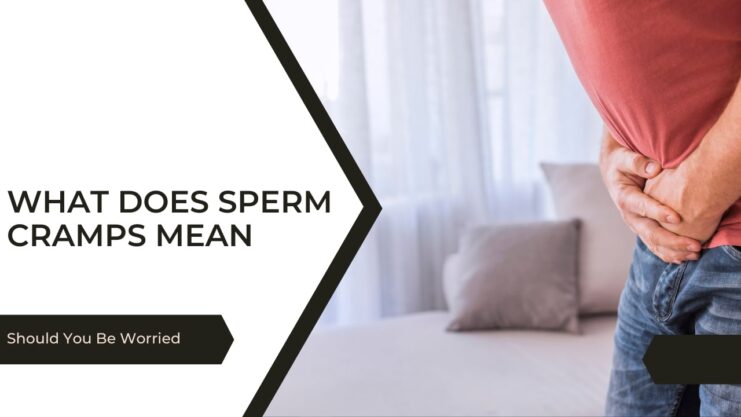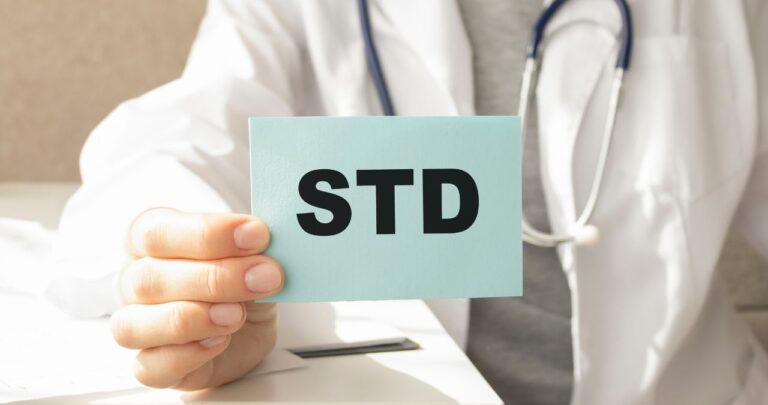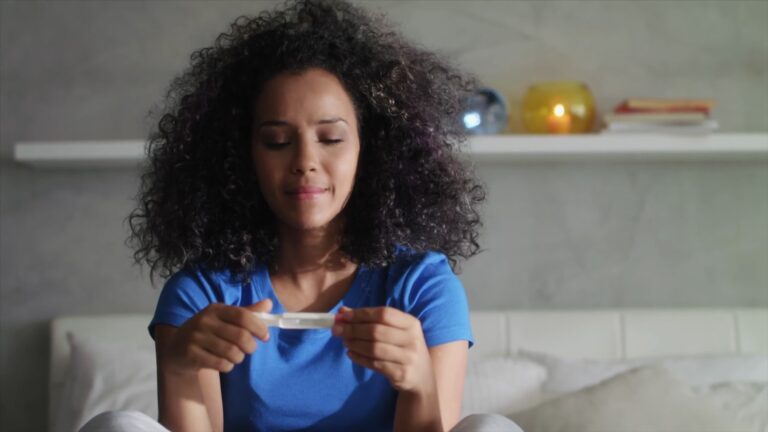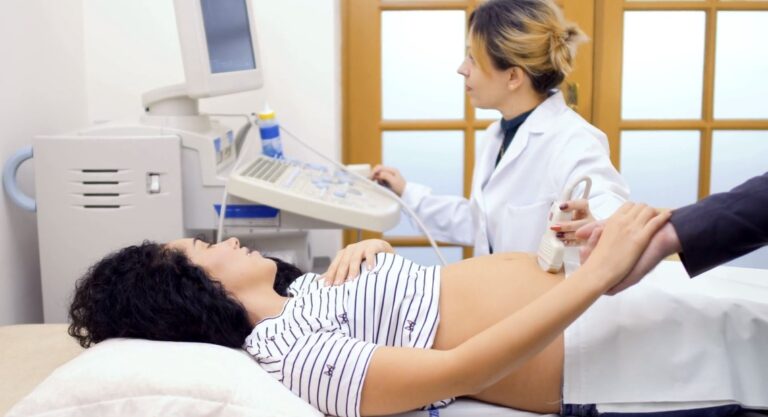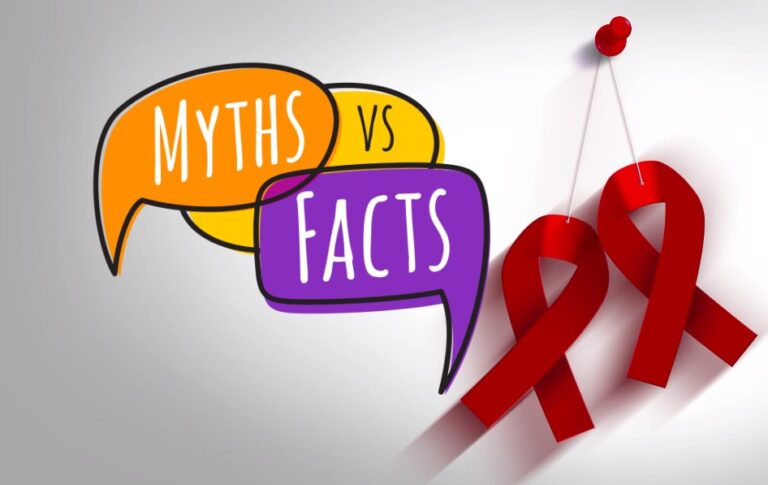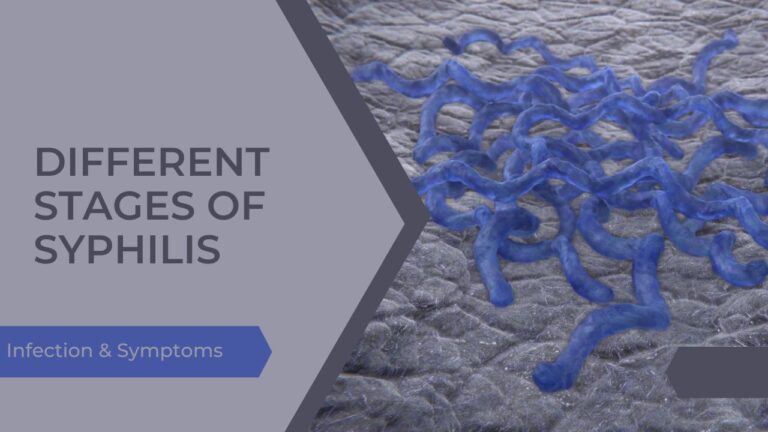Male reproductive health is a topic that often gets overlooked, but it is an essential aspect of overall well-being. When it comes to this subject, it’s natural to have questions and seek answers that resonate with our own experiences. One such issue that is not commonly discussed is the occurrence of sperm cramps in men.
This discomfort can occur before, during, or after ejaculation, causing distress and confusion due to its unexpected nature. In the following sections, we will explore the definition and potential causes of sperm cramps, the symptoms and sensations associated with them, and the common triggers.
How to identify them?
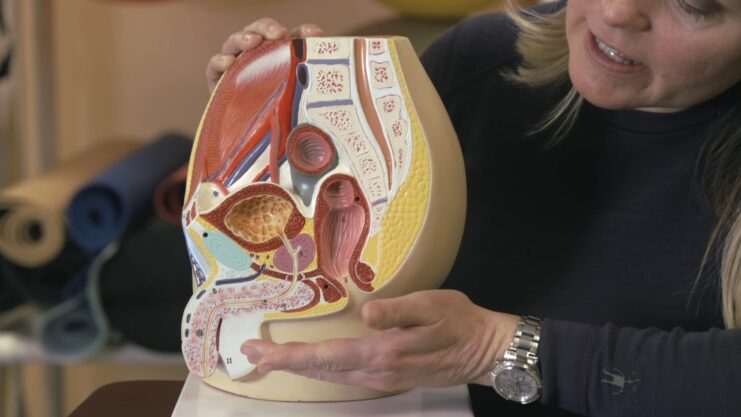
Sperm cramps, also known as seminal cramps or ejaculatory cramps, refer to a sensation of cramping, discomfort, or pain that occurs in the male reproductive organs. This sensation can occur before, during, or after ejaculation.
Differentiating between sperm cramps and other sensations can be challenging, especially given the wide range of normal sensations that can occur during sexual arousal and ejaculation. Some men may describe these sensations as aching, throbbing, or a feeling of pressure, while others may experience sharp, intense pain.
The location of the discomfort can also vary, with some men feeling it in the testicles, while others feel it in the prostate or pelvic area. It’s important to remember that occasional discomfort during or after ejaculation can be normal, especially if it’s mild and short-lived.
However, if you’re experiencing frequent or severe cramping, or if these sensations are causing distress or affecting your sexual function, it’s worth seeking medical advice.
What are the causes?
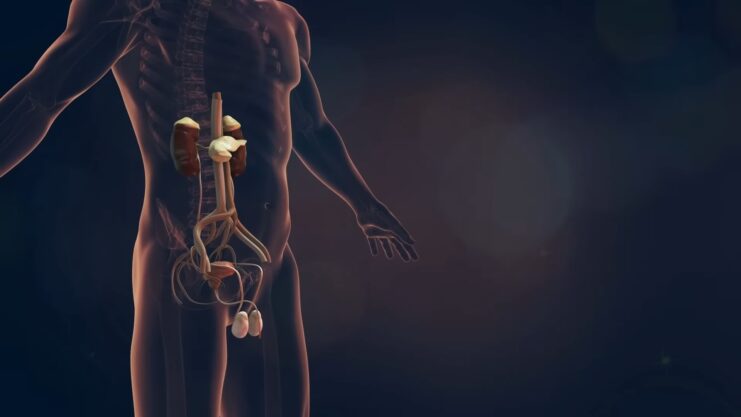
There are several potential causes of sperm cramps. One of the most common is muscle contractions that occur during ejaculation. When a man ejaculates, muscles in the pelvic area contract rapidly to propel sperm out of the body. These contractions are usually painless, but in some cases, they can cause a cramping sensation.
Another potential cause of sperm cramps is issues related to the prostate. The prostate is a small gland that produces a significant portion of the fluid in semen. Conditions such as prostatitis (inflammation of the prostate) or benign prostatic hyperplasia (enlargement of the prostate) can cause discomfort or pain during ejaculation.
Other potential underlying factors include infections, such as sexually transmitted infections or urinary tract infections, and neurological conditions that affect the nerves in the pelvic area.
In some cases, sperm cramps may be a symptom of a more serious condition, such as testicular torsion or a sexually transmitted infection. Therefore, it’s important to seek medical advice if you’re experiencing persistent or severe cramping.
Symptoms and sensations
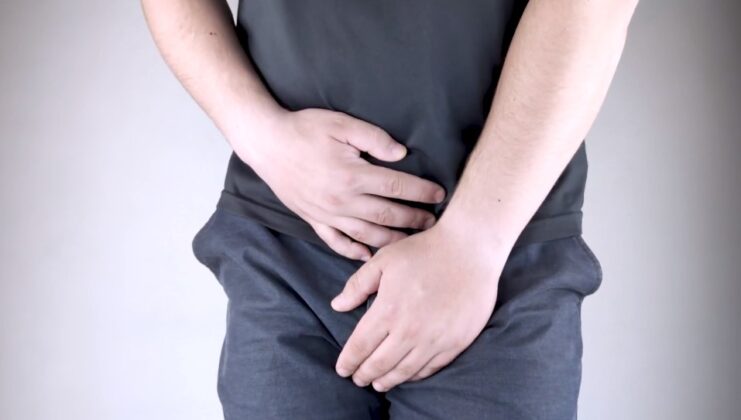
The symptoms and sensations associated with sperm cramps can vary widely. Some men describe a mild ache or discomfort, while others experience intense pain. The pain may be localized to one area, such as the testicles or prostate, or it may be more diffuse, affecting the entire pelvic area.
The duration and intensity of the cramps can also vary. Some men may experience a brief, intense cramp during ejaculation, followed by a lingering ache. Others may experience a dull ache that lasts for several hours after ejaculation. In some cases, the cramps may be so severe that they interfere with sexual activity or cause distress.
It’s also worth noting that the sensations associated with sperm cramps can change over time. For example, a man may initially experience mild discomfort that gradually becomes more intense over time. Alternatively, the cramps may become less frequent or less severe with changes in sexual activity or lifestyle.
Common triggers

Several factors can trigger sperm cramps. One of the most common is physical exertion, especially if it involves the pelvic muscles. Activities such as heavy lifting, intense exercise, or prolonged sitting can strain these muscles and potentially trigger cramping.
Dehydration and electrolyte imbalances can also contribute to muscle cramps, including sperm cramps. When the body is dehydrated, or when electrolyte levels are out of balance, muscles can contract involuntarily, leading to cramping. This is why it’s important to stay hydrated and replenish electrolytes, especially after intense physical activity.
Psychological factors can also play a role in sperm cramps. Stress, anxiety, and emotional tension can increase muscle tension and potentially trigger cramping. Furthermore, men who are anxious about their sexual performance or who have negative feelings about sex may be more prone to experiencing discomfort or pain during ejaculation.
Sperm cramps and ejaculation frequency
This relationship is complex and can vary from person to person. For some men, ejaculating more frequently can help alleviate cramps by reducing tension in the pelvic muscles. For others, frequent ejaculation may exacerbate cramps, especially if it leads to fatigue or strain in these muscles.
Finding the right balance for individual needs can be challenging. It may involve experimenting with different frequencies and paying close attention to how your body responds. It’s also important to consider other factors that can affect ejaculation frequency, such as age, overall health, and sexual desire.
If you’re unsure about what’s normal or if you’re concerned about your ejaculation frequency, it’s worth discussing this with a healthcare professional. They can provide guidance based on your specific circumstances and help you find a balance that works for you.
When to seek medical attention?

While occasional mild discomfort during or after ejaculation can be normal, there are situations when sperm cramps may indicate an underlying health issue. If you’re experiencing frequent or severe cramping, or if these sensations are causing distress or affecting your sexual function, it’s important to seek medical advice.
Red flags and warning signs include cramps that are severe or that last for several hours after ejaculation, blood in the semen, difficulty urinating, or pain in the lower back or abdomen. These symptoms could indicate a more serious condition, such as a urinary tract infection, prostatitis, or in rare cases, testicular torsion, which is a medical emergency.
It’s also important to seek medical attention if you notice any changes in your testicles, such as lumps, swelling, or changes in size or shape. These could be signs of testicular cancer, which is highly treatable when caught early.
Diagnosis and medical evaluation
First step – Seek a medical evaluation
Your healthcare provider will likely begin this process with a comprehensive review of your medical history and a physical examination. This is a crucial step in the diagnostic process as it provides the healthcare provider with a holistic view of your health status and any potential factors that could be contributing to the cramps.
Step 2 – Medical history review
Your healthcare provider may ask about the frequency and severity of your cramps. This information can help them understand the extent of the problem and how it’s affecting your daily life. They may also inquire about any associated symptoms, such as pain during urination, blood in the semen, or lower back pain.
These symptoms could provide clues about the underlying cause of the cramps. Your healthcare provider may also ask about your sexual activity, including frequency, any changes in sexual behavior, and whether the cramps are associated with specific sexual activities.
This information can help identify any sexual behaviors that may be contributing to the cramps. They will also likely ask about any underlying health conditions, as certain conditions, such as diabetes or neurological disorders, can affect the nerves in the pelvic area and potentially cause cramping.
Step 3 – Physical examination
This may include a genital examination to check for any abnormalities, such as lumps or swelling in the testicles, and a digital rectal examination to assess the prostate for inflammation or enlargement. Potential diagnostic tests and examinations may include a urine test to check for infections, which can cause discomfort or pain during ejaculation.
A prostate exam may be conducted to check for inflammation or enlargement, conditions that can cause similar symptoms. An ultrasound may also be used to examine the testicles and other structures in the scrotum.
This imaging test can provide a detailed view of these structures and help identify any abnormalities, such as cysts, tumors, or signs of infection.
In some cases, your healthcare provider may refer you to a urologist, a doctor who specializes in the urinary tract and male reproductive system. A urologist has specialized knowledge and expertise in diagnosing and treating conditions that affect these systems, and they may be able to provide further insight into the cause of your cramps.
It’s natural to feel anxious or worried if you’re experiencing sperm cramps, but remember that these professionals are there to help. They can provide valuable information and guidance, and they can also address any concerns or questions you may have about your sexual health.
Don’t hesitate to be open and honest with your healthcare provider – the more information they have, the better they can help you.
Treatment options

The treatment for sperm cramps can be as varied as the causes themselves. It’s important to remember that the most effective treatment will depend on the underlying cause of the cramps. Therefore, it’s crucial to consult with a healthcare provider to accurately diagnose the cause and determine the most appropriate treatment plan.
Muscle strain or overexertion
The treatment can be relatively straightforward. Rest is often the first line of defense, allowing the strained muscles time to recover. Over-the-counter pain relievers, such as ibuprofen or acetaminophen, can also be effective in managing the discomfort associated with these cramps.
These medications work by reducing inflammation and blocking pain signals to the brain. Applying heat to the area can also be beneficial. Heat helps to relax the muscles, reducing tension and alleviating cramping.
This can be done using a warm bath, a hot water bottle, or a heating pad. It’s important to apply the heat in a way that is comfortable and safe, avoiding burns or excessive heat.
Underlying medical condition
In cases where the cramps are due to such as prostatitis (inflammation of the prostate) or a urinary tract infection, the treatment will involve addressing that condition. Your healthcare provider may prescribe medications to treat the condition.
For instance, antibiotics are typically used to treat infections, killing the bacteria causing the infection and relieving the associated symptoms. In the case of prostatitis, alpha-blockers may be prescribed.
These medications work by relaxing the muscles in the prostate and the bladder, relieving the discomfort associated with sperm cramps. It’s important to take these medications as directed by your healthcare provider and to complete the full course of treatment, even if symptoms improve before the medication is finished.
Lifestyle modifications
These can play a significant role in alleviating sperm cramps. Staying hydrated is crucial as dehydration can lead to muscle cramps. Drinking plenty of water and replenishing electrolytes can help maintain muscle function and prevent cramping.
Avoiding activities that strain the pelvic muscles can also be beneficial. This might involve modifying exercise routines or making adjustments to daily activities to reduce strain on these muscles. If certain sexual activities seem to trigger the cramps, it might be helpful to change sexual techniques or positions.
Using a lubricant during sexual activity can also reduce friction and potentially alleviate cramping. Incorporating relaxation techniques into your routine can also help reduce muscle tension and alleviate cramps. This could include practices like deep breathing, progressive muscle relaxation, yoga, or meditation.
These techniques can help reduce overall stress levels, which can in turn help relax the pelvic muscles. In conclusion, the treatment for sperm cramps can involve a combination of medical treatments and lifestyle modifications.
It’s important to work with a healthcare provider to develop a treatment plan that addresses the underlying cause of the cramps and works best for your individual needs.
Communication with sexual partners

Discussing sperm cramps with your sexual partners can be challenging, but it’s an important part of managing this condition. Open and honest communication can help your partner understand what you’re experiencing and provide support.
Nurturing open and supportive communication can also enhance your sexual relationship. It can help you and your partner explore different sexual techniques that may be more comfortable, and it can foster a sense of intimacy and trust.
Remember, it’s okay to seek help if you’re struggling with these conversations. A healthcare provider or a therapist can provide guidance and help you navigate these discussions.
FAQs:
Can sperm cramp occur during sexual abstinence?
Yes, they can occur during sexual abstinence if the individual experiences intense arousal and orgasm, potentially leading to muscle contractions and cramping.
Are these a common occurrence?
Sperm cramps are relatively uncommon, but some men may experience them occasionally.
Can obesity or being overweight contribute to this symptom?
Obesity or being overweight may potentially contribute to muscle strain and overall muscle health, which could increase the likelihood of experiencing cramps.
Is it possible for certain medications to cause this?
Some medications may have muscle cramps listed as a potential side effect. If you suspect your medication is contributing to sperm cramps, consult your healthcare provider.
Can muscle relaxants help alleviate the symptoms?
Muscle relaxants may be prescribed in certain cases if the sperm cramps are severe or related to an underlying condition causing muscle tension.
Final thoughts
In conclusion, sperm cramps in men, while not widely discussed, are a topic that deserves attention. While occasional mild discomfort during or after ejaculation can be normal, persistent or severe cramps should not be ignored.
If you’re experiencing sperm cramps, it’s important to seek medical advice to rule out any underlying conditions and to find effective treatment strategies. Remember, your sexual health is an important part of your overall health.
Don’t hesitate to seek help if you’re experiencing symptoms that concern you, and strive to maintain open communication with your healthcare provider and your sexual partners. By doing so, you can ensure that you’re taking the best possible care of your reproductive health.

